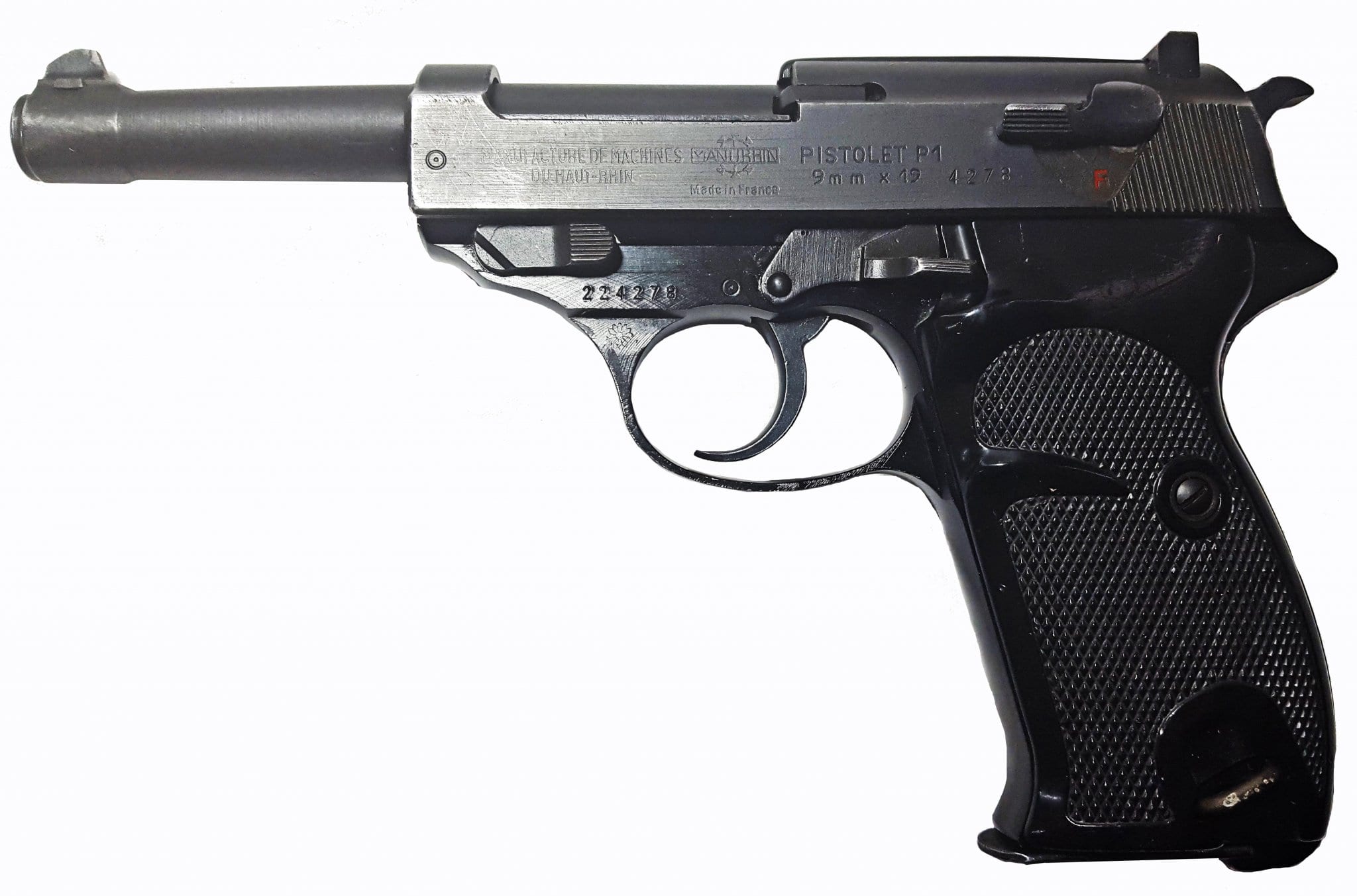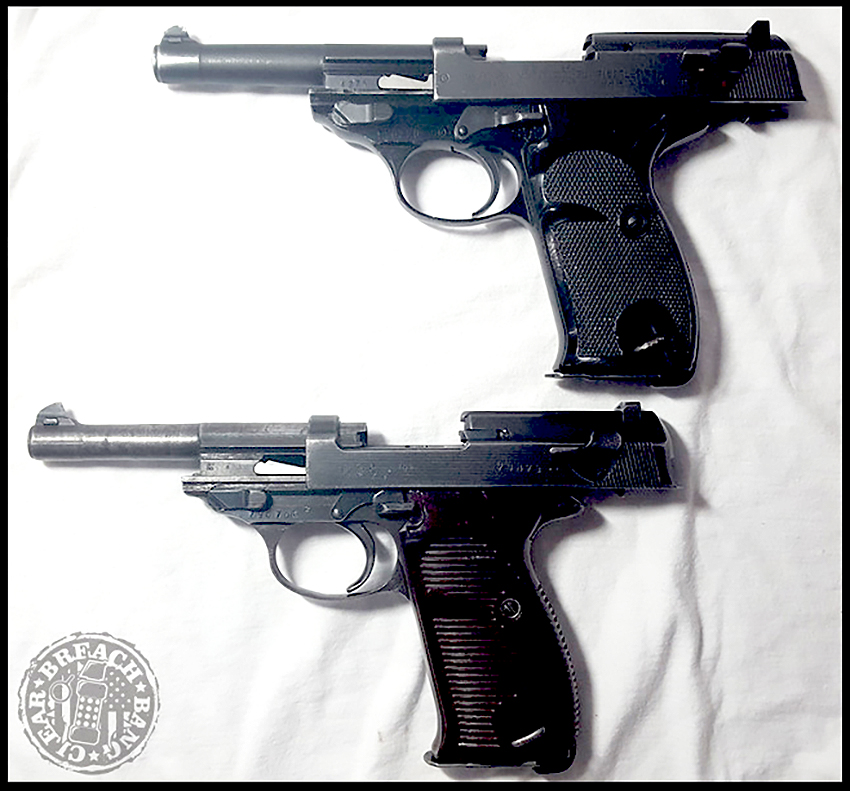

The upgraded V8 engine for the second gen Range Rover featured a new Bosch engine management system taken from the BMW 7 Series.

This design was deemed to be the one which filled the brief well enough. These were then whittled down to two which went to market research and customer clinics: one created by Bertone, the other created by the in-house team.Ĭonsensus fell upon the in-house design, which was nicknamed Pegasus. All of these models used the LSE chassis with the longer 108-inch wheelbase. In collaboration with Pininfarina, Italdesign, Bertone, John Hefferman and Ken Greenley, the team produced 5 different models. This challenge was handed to Land Rover’s Styling Director George Thomson. The aspirations for the 38A’s styling was a vehicle that looked modern, yet still looked like a Range Rover. In the Land Rover hierarchy, the Range Rover P38 was marketed as a higher spec vehicle to the Land Rover Discovery and, as such, featured more high-tech equipment and premium trims. On its debut, the second gen Range Rover featured a Rover V8 engine or a 2.5 L BMW six-cylinder turbo diesel. Also gone were the lined Bakelite grips, replaced by black plastic panels with a pebbled texture.Known as either the P38 or P38A (after the vehicles code name, Pegasus, and the office in which the vehicle development team was based), the second-generation Range Rover launched 24 years after the Range Rover Classic, on 28th September 1994. Using an aluminum frame, it was somewhat lighter. In 1956, Walther introduced an updated P-38, adopted by the West German police and military as the P1. This would include short-barreled P-38K variants, curious long-barreled Lang models, and the reinforced P-38 II. Within a few years, they were making the iconic P-38 once again– this time with their traditional banner logos. This led to the production in France by Manurhin which we won’t get into here.įor Carl Walther, they would rebuild in Ulm, West Germany in 1953. The three wartime P-38s makers all lost their factories during the conflict. Notably, the Russians still have thousands in arsenal storage although they gave away crate loads as an aid to budding Communist regimes around the world during the Cold War. Servicemen to America as trophies and were impounded by Allied forces. With such a huge glut of guns surrendered in 1945, thousands were brought back both by U.S. In all, over a million P-38s were produced in wartime Germany for both military and police issue. The pistol also has ribbed phenolic AEG Grips, which are correct to period Mauser-made P38s. To put this into historical perspective, this is just after the famous D-Day invasion in Normandy. This pistol’s “byf 44” code, “WaA145” Waffenamt inspector’s marks and 7168w serial number puts its manufacture about July 1944. Mauser made P-38s at their facility in Oberndorf am Neckar in 1942 under a variety of manufacturer’s codes.


 0 kommentar(er)
0 kommentar(er)
